Among the many options available for Halloween costumes and decorations these days, from witches to zombies, from mummies to serial killers, there is one traditional Halloween character you are unlikely to see: fairies. But in Irish and Scottish folklore, which provides the basis for modern Halloween traditions, fairies were central to this festival. In Scotland, it was on Halloween night that the “fairy rade” (procession) was said to be seen going through the countryside, bearing the souls of the unbaptized dead or those who were snatched away in life by the fairies. In the ballad of Tam Lin, Janet has to wait until the fairies ride at Halloween to rescue her otherworldly lover from the clutches of the Fairy Queen. In Ireland, it was at Samhain (Halloween) that the fairies emerged from the ancient burial mounds (sídhe) in which they dwelt, and heroes such as Fionn mac Cumhaill did battle with them by throwing his spear into the mounds as they opened.
So why do we seem to have forgotten the association between Halloween and the fairies? One reason is that the Halloween now celebrated in England with “trick-or-treating,” pumpkins and ghoulish costumes is primarily a transatlantic borrowing from America. The intimate association between fairies and the land meant they did not always travel well, despite the deep Irish influence on American folk culture. Another reason is that fairies themselves have undergone a transformation in folklore. Most people today think of small and benevolent winged beings, not of the terrifying Fairy Queen who declares her wish to tear out Tam Lin’s heart and replace it with a heart of stone.
The fact that fairies were once part of our celebration of Halloween might tell us something about the origins of this festival. Some folklorists have speculated that the association between fairies and ancient burial mounds, and the fact that they emerge at Halloween, reveals that the fairies are, in fact, the deified ancestral dead. They are the exalted prehistoric ancestors whose bones were carefully defleshed and arranged on shelves in long barrows, and moved about for centuries in acts of ritual remembrance, until their human identities were entirely forgotten and they became immortals who feast beneath the earth. Perhaps the neolithic or Bronze Age cups found in barrows gave rise to the idea of the fairy feast and the accompanying warning to mortals never to join it by accepting food or drink.
As the ancestral dead, the fairies received all those dead the church could not — the souls of the unbaptized and of suicides, who were buried in unconsecrated ground and therefore in the unhallowed earth that still belonged to the ancestors. And so it was that people sometimes claimed to glimpse familiar faces among the fairy host as they made their way silently across the autumn landscape. We have kept the association between Halloween and the dead, as every plastic skeleton bears witness; but the stranger link between Halloween, the earth, and the deified ancestors who became the shining court of the fairies is harder to recover. Halloween’s ancient association with the fairies reminds us of the unnumbered dead who have returned to the bosom of the earth — and feast there yet, perhaps, with the mighty ancestors of old.
This article was originally published in The Spectator’s UK magazine. Subscribe to the World edition here.



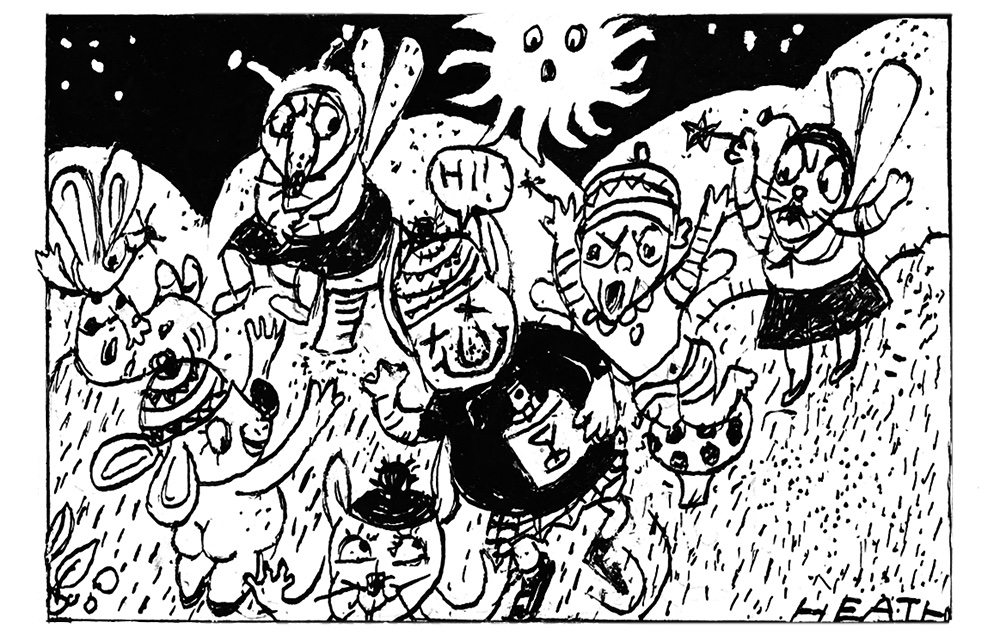







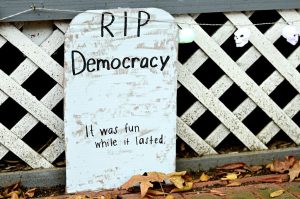
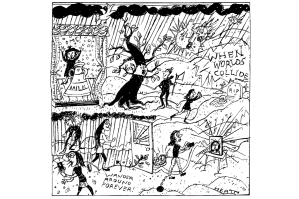
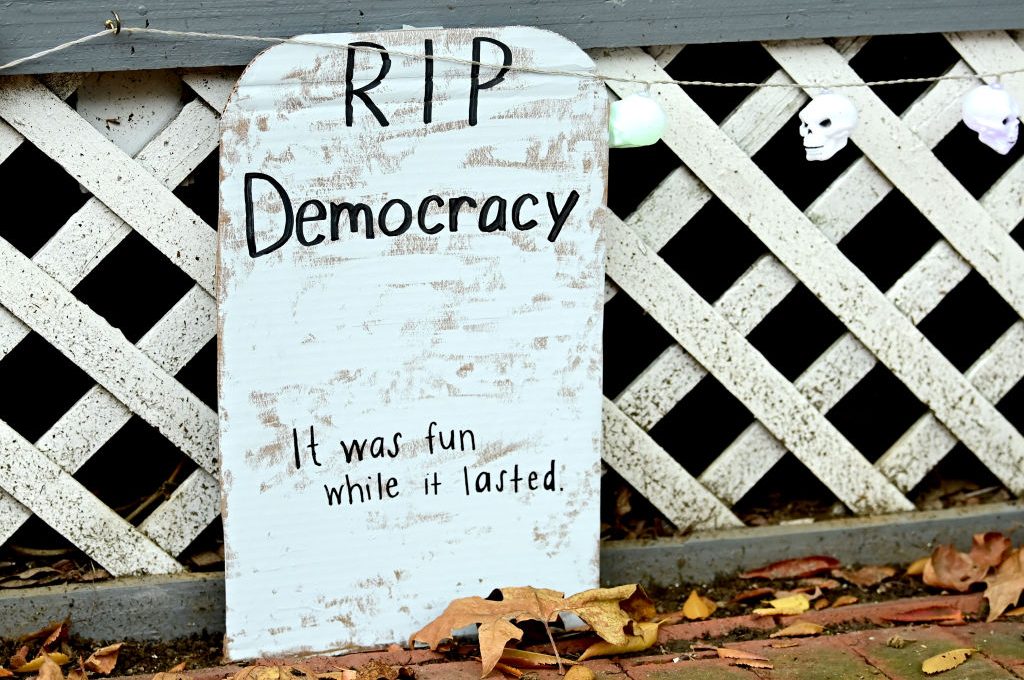
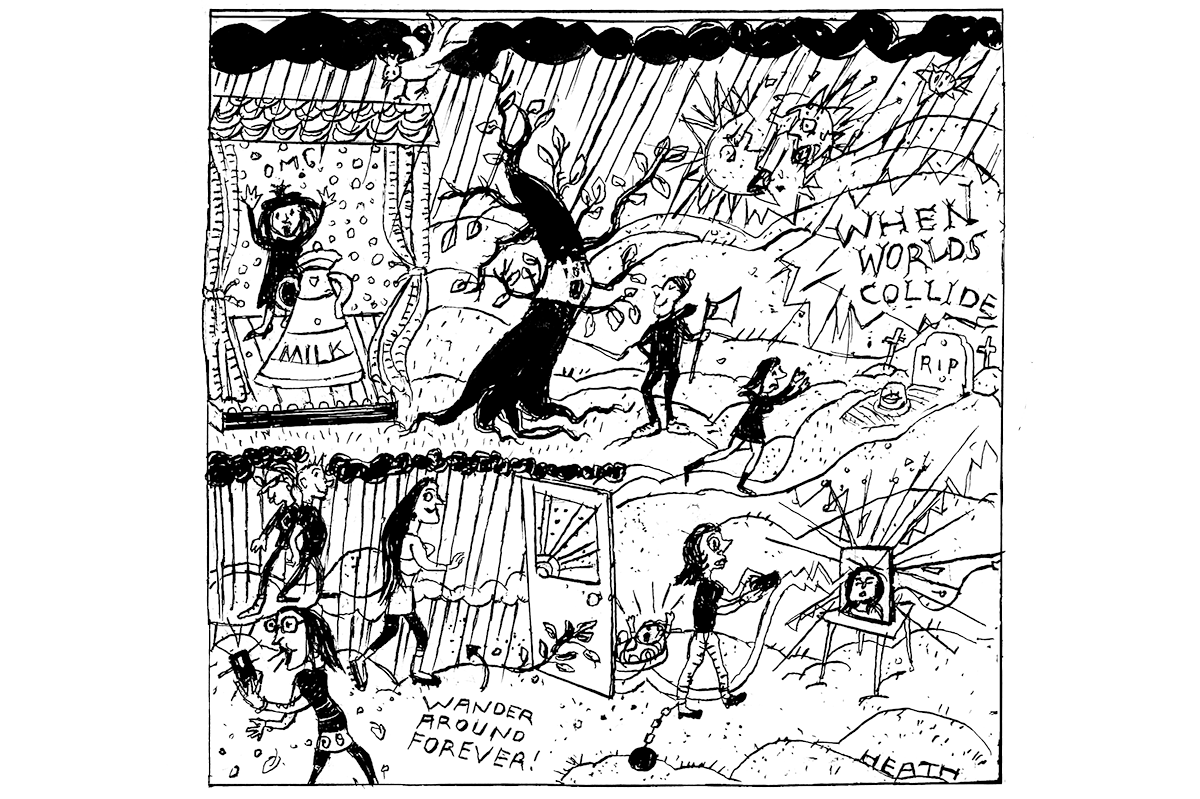


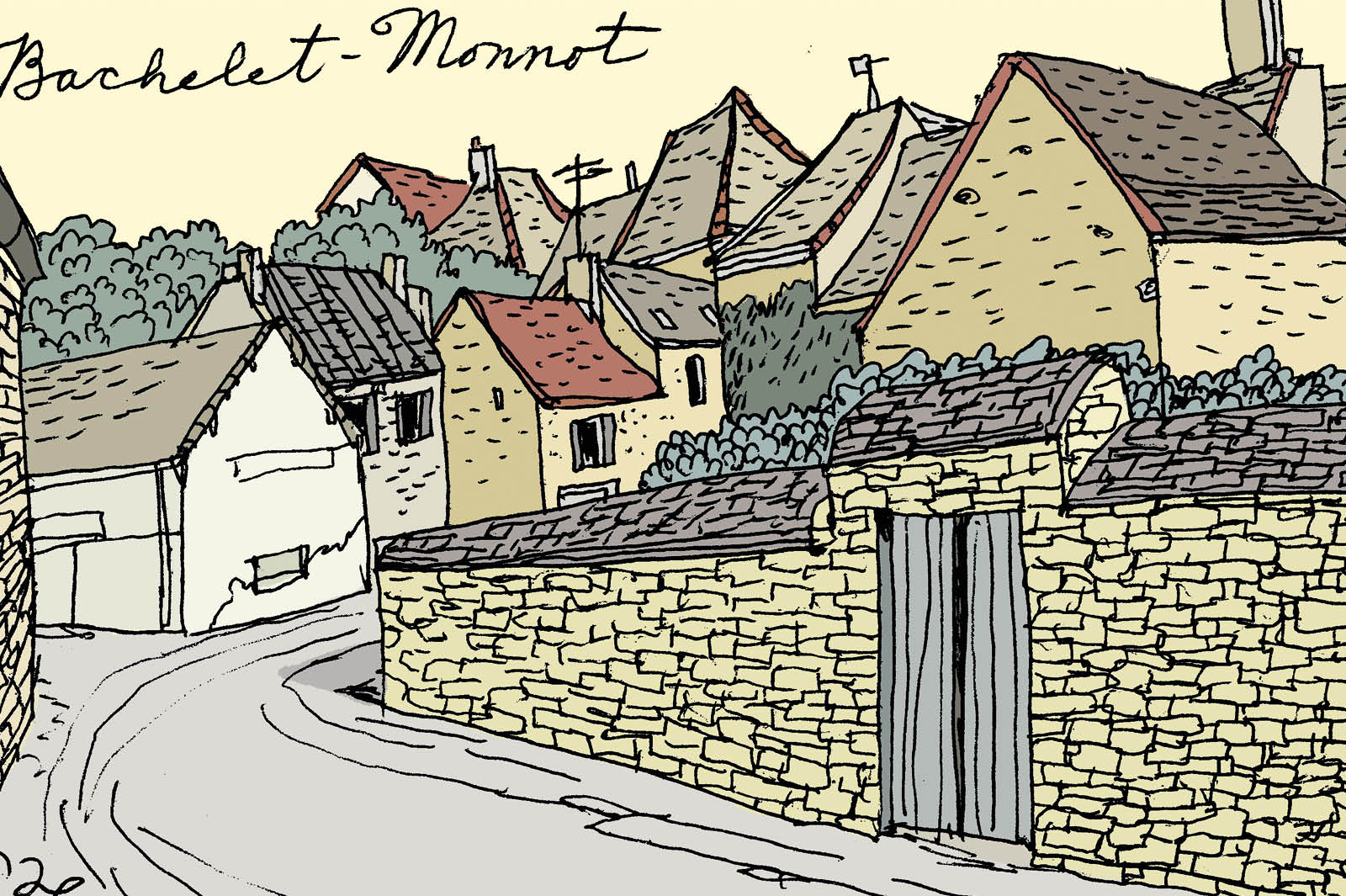
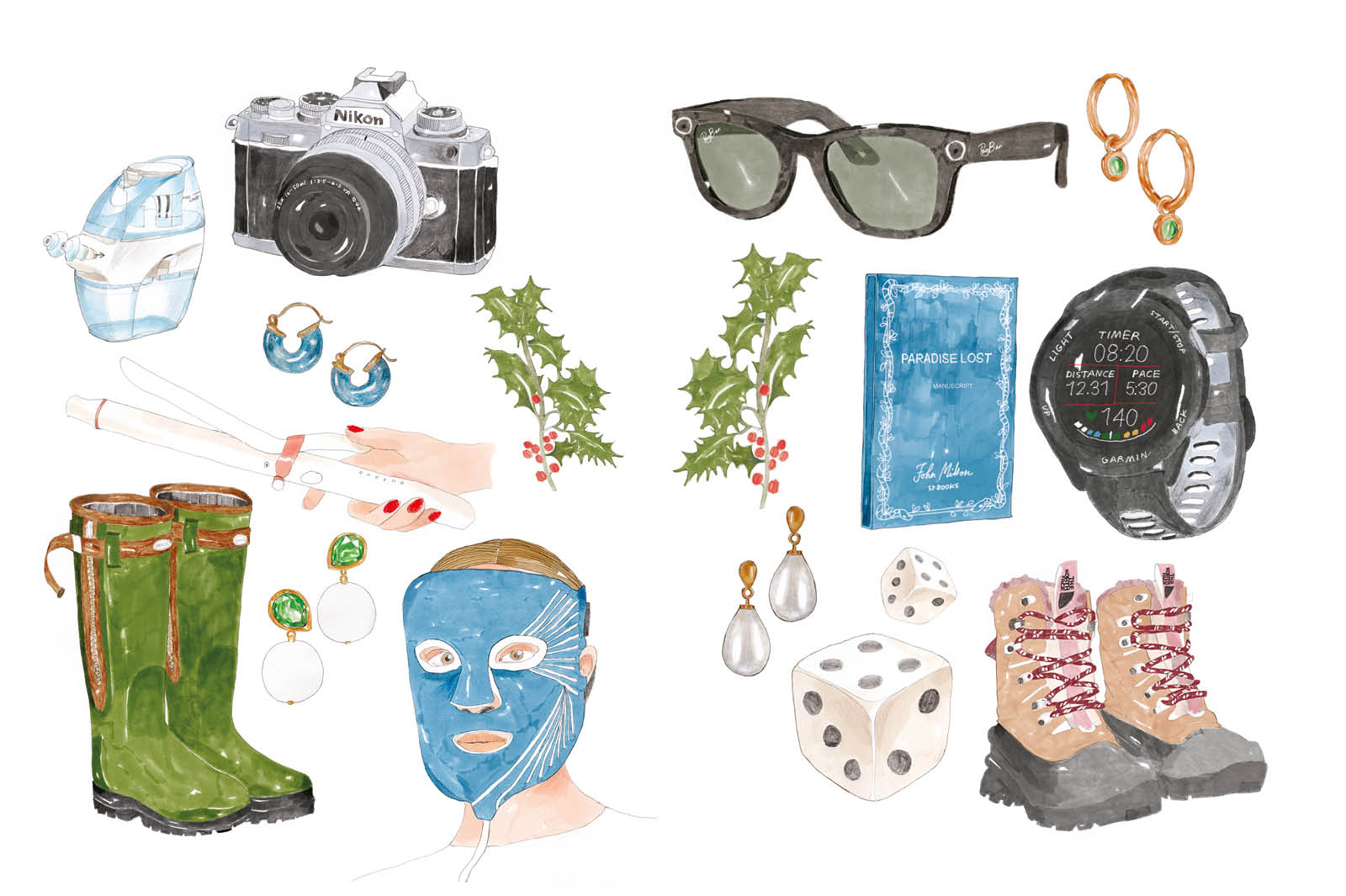







Leave a Reply